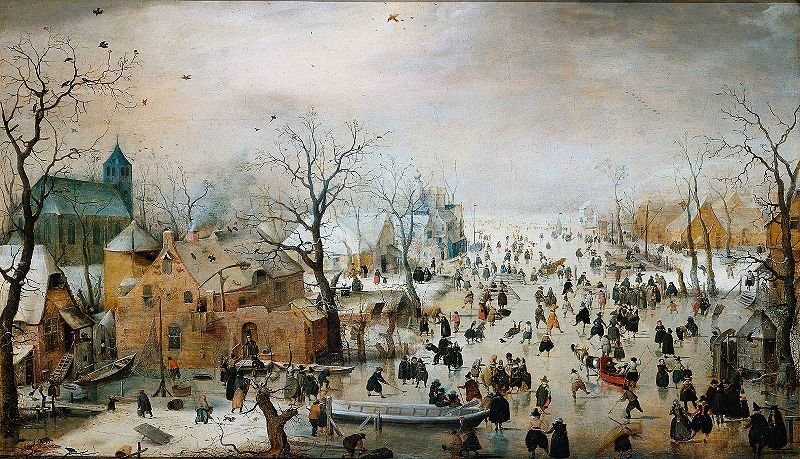Painting White Objects
The first thing to say on this is – don’t just get out the white paint! When painting subjects (with any medium) that appear to the eye to be white, for example clouds, snow, white buildings or white clothing, some artists paint what they think they see rather than what is actually there. Taking out the white paint and grey for the shadows is not really the answer.
The task of an artist is to really try and see what is actually happening with the light. If you look closely at a white object then you can see that it is made up of a number of colors which may range from subtle yellows in the well lit parts to blues and lilacs in the shade. Likewise with the shadows you will see other colours that are reflecting other parts of the painting and not necessarily grey or black in the shade.
White itself actually has no colour but it does reflect other colors around it depending on the surroundings and the ambient light conditions. The light is always an important factor in adding different colours to your whites. For example indoors, where the light is mostly artificial, the shadows in the white parts of a painting can appear to have a green tinge but outdoors they may look more purple and reflect the sky. In addition to this the highlights could be anything up to pinks and golds and as an artist you are really free to play around with these subtleties and even exaggerate them a bit to accentuate the highlights and shadows.
The key is to experiment and to use a multitude of colours to represent your whites – try out different shades of blues and lilacs for shadows, maybe still interspersing with some greys and use these tones subtly so that they are not just put in as stark contrasts to the highlights.
Trial and error is always the best way of learning with art – have some cheap spare canvases around to test out paint colours and shades. Subtle tinges of different colours will really give your painting much more personality and depth.

